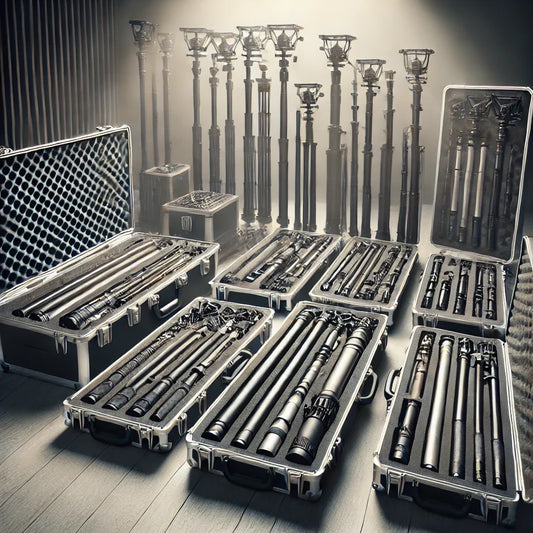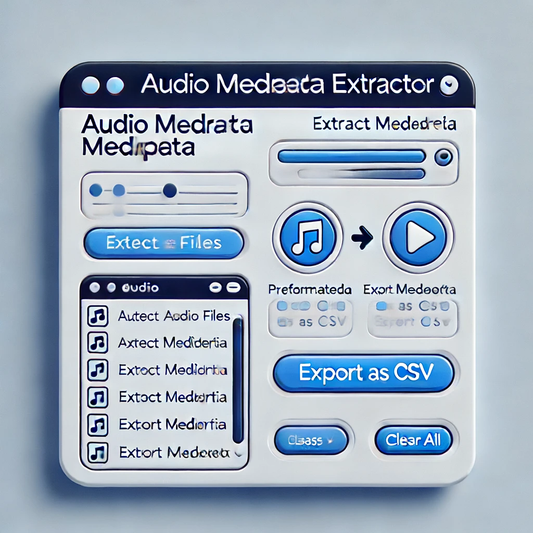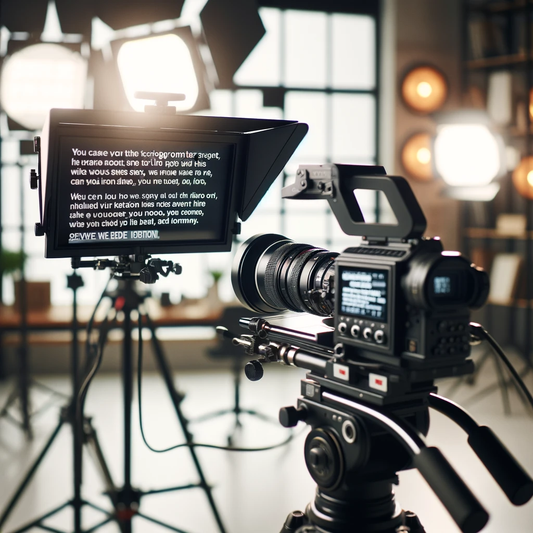Slating FAQs
Matt PriceShare
Slating A Series
In the same vein as pickups, you would write "SER” or "Series” next to the Take number. So the slate would read Take 1 SER. This lets the editor know that there are several "mini-takes” within the timeframe of the larger take.
Slating End Boards / Tail Sticks
Usually when it is impossible to get a slate clap at the start of a scene because of tricky focus etc.. then you board/slate at the very end of the take and hopefully the director or 1st AD says end board/tail sticks instead of cut to give them time to do it.
The board will be clapped upside down and then flipped to show the written information the right way around.
It is useful to call out the scene / slate / take information at the start of the take followed by the term end board or tail sticks so on the audio file an editor can skip to the end of the take to sync up.
Slating MOS (No Sound)
To slate when no sync sound is being recorded, simply slate as you would but instead of clapping the sticks you put your hand through them so the editor knows there is nothing to sync with this shot.
You also don't need to call out the slate number or take because sound isn't being recorded.
It's also useful to have MOS written somewhere on the board for further clarification or if the 2AC accidentally claps the sticks.
Slating Pick Up Shots
Directors usually choose to do pickups because they only need a certain line or to catch the tail-end of a lengthy dialogue. Whatever the reason, slating for a pickup shot is fairly easy: next to the Take number, write "P/U.”
Slating Reshoots
The problem reshoots pose to slating is that you are technically shooting the same scene as before so do you continue slating at the last remaining take? That would make sense, but is impractical if you revisit a scene several weeks or months later when you might not know what the last take of each shot was.
The much more elegant solution is to put an "R” in front of whatever shots are being re-done. So say you are reshooting Scene 27A, it now becomes Scene R27A
Slating Soft Sticks
Soft sticks are when you are slating and clapping the sticks quietly because you are close to an actor or in a quiet scene where a loud clapping noise is unnecessary and distracting to the actors.
before you clap you should announce "Soft sticks" this helps the editor pin point the sync clap of the sticks which might be lost in the waveform because it is quieter than usual.
Slating VFX Plates
"Plate” under the Take column and a number if you are doing more than 1 for each scene / shot. Also see MOS.
Slating / Boarding in the UK
In the UK unlike the US with scenes having letter attached. The UK identifies every shot as unique. Regardless of the scene the slate number will always go up for ever new shot / lens / action etc..
For example you may start with Scene 3 when you are shooting on day 1 and then go to scene 4 and then 7. This is how that would look if we did 3 shots / setups for each scene.
Scene 3 Slate 1
Scene 3 Slate 2
Scene 3 Slate 3
Scene 4 Slate 4
Scene 4 Slate 5
Scene 4 Slate 6
Scene 7 Slate 7
Scene 7 Slate 8
Scene 7 Slate 9
Giving each shot a unique ID is handy for editors because they can scan quickly to pick an individual shot instead of bunching scenes together.
Slating / Boarding in the US
The US style slating is a combo of letters and numbers to correlate to the shot you are on for any scene.
So whenever you move to a new scene in the script you would right that scene down and then for each setup / lens change in the scene you would add a letter and count up from A-Z.
Lets say we are on scene 3 and we have 4 shots, this is how it would look on the board:
Scene 3 - Master
Scene 3A - Mid
Scene 3B - Over the shoulder
Scene 3C - Over the other shoulder.
If you go through till Z then you go back to A and double up the letters, so the 27th setup/lens change for scene 3 would go as follows:
Scene 3AA
Scene 3AB
Scene 3AC
Roll Numbers
If you are shooting on actual film stock then the roll is the magazine ID, Roll #1 would be Magazine 1 of film stock.
For digital single camera its similar but for cards so you know which card had which slate and take on it.
For multicam shoots you will get lots of letter and number combos for the different cameras. 3 cameras would be labelled A, B and C and so the roll numbers would be what cards they are on.
A4 / B2 / C1 would mean that the master camera (main camera for the shoot) is on card 4. The second camera would be on card 2 and the third would be on card 1.
What The Parts Of A Slate Mean
- Production: The name or title of the movie
- Timecode: Digital timecode synced to the audio
- Roll: The roll that you’re currently shooting on
- Scene: The scene number/shot you’re shooting
- Take: The current take of the shot
- Director: Name of the director of the production
- Camera: Name of the director of photography/cinematographer of the production
- Date: Date: The month, day, and year that you’re shooting
When To Change The Scene / Slate
You change either the scene letter or slate number when follows:
- Different position of the camera
- Different lens on the same position
- Different Actors Action
- Different Camera Action (Zoom etc..)
- Change in focus points
Check with the 2nd AC though, as long as you both agree then the editor will find the right sound with the shots, but obviously the more info you can give to the editor will help with directorial decisions.




